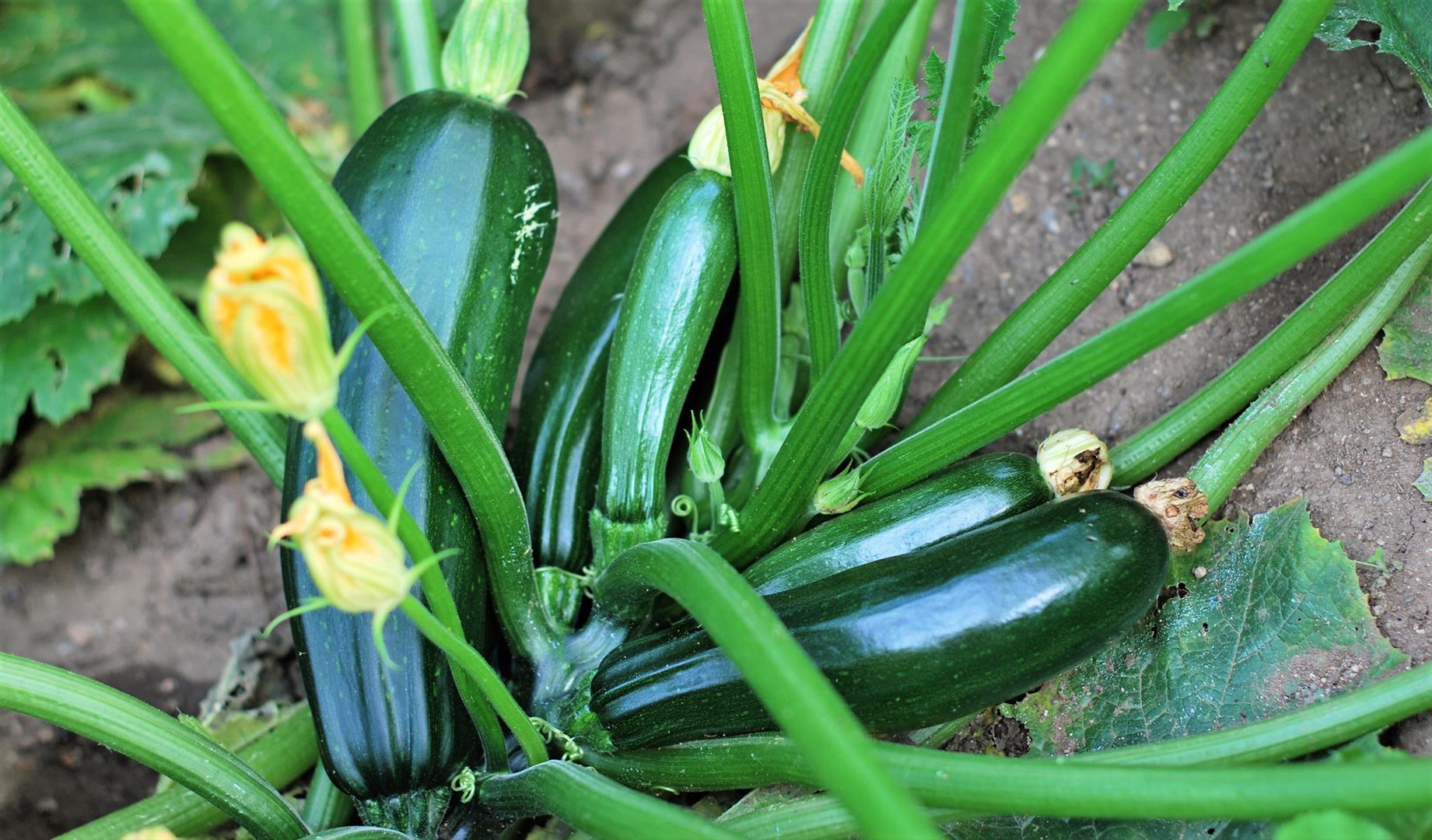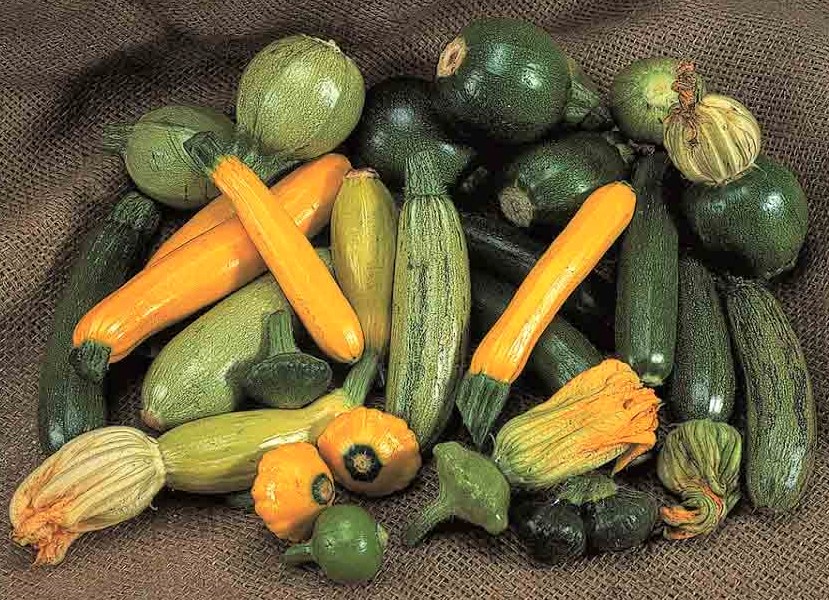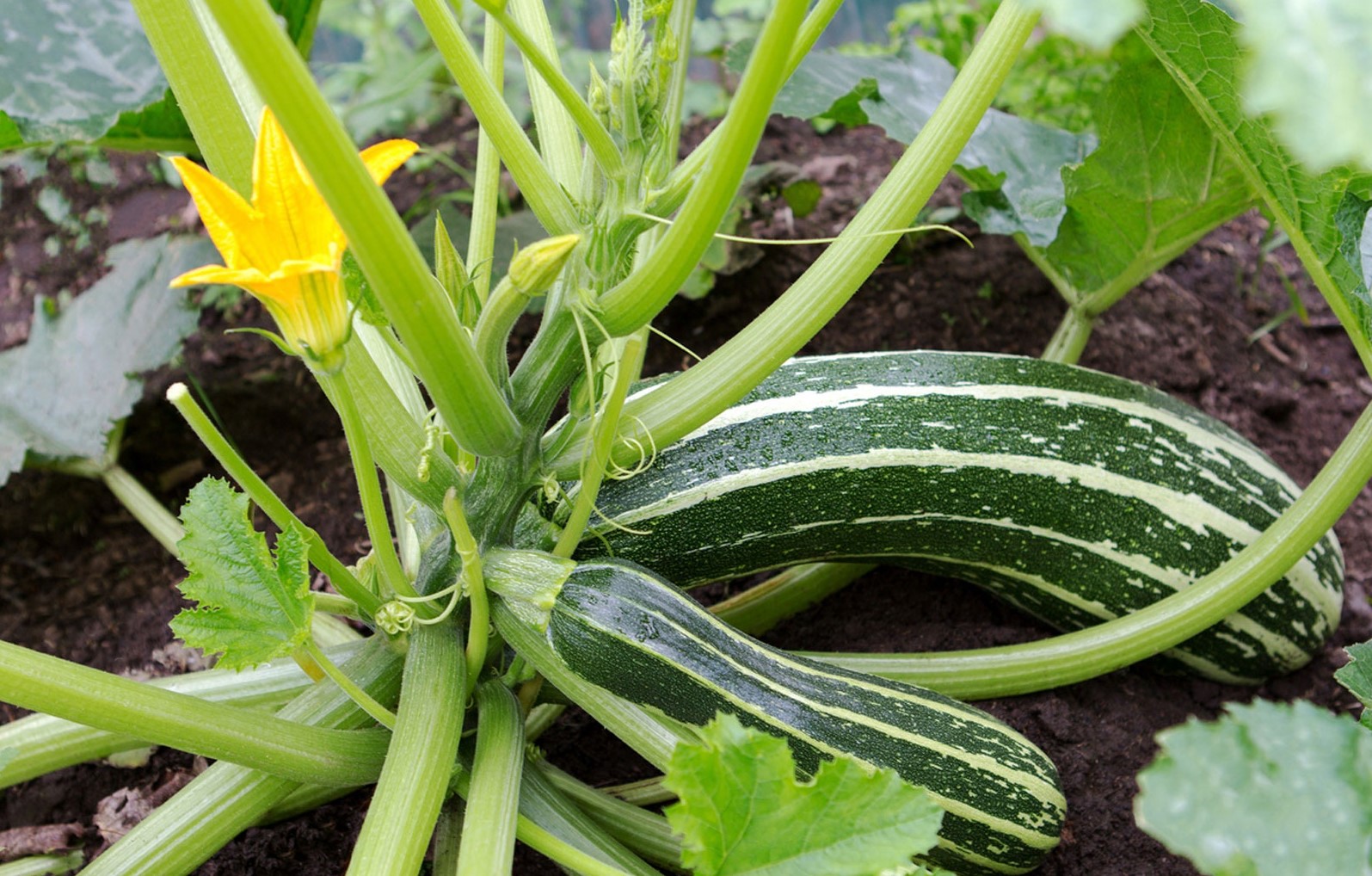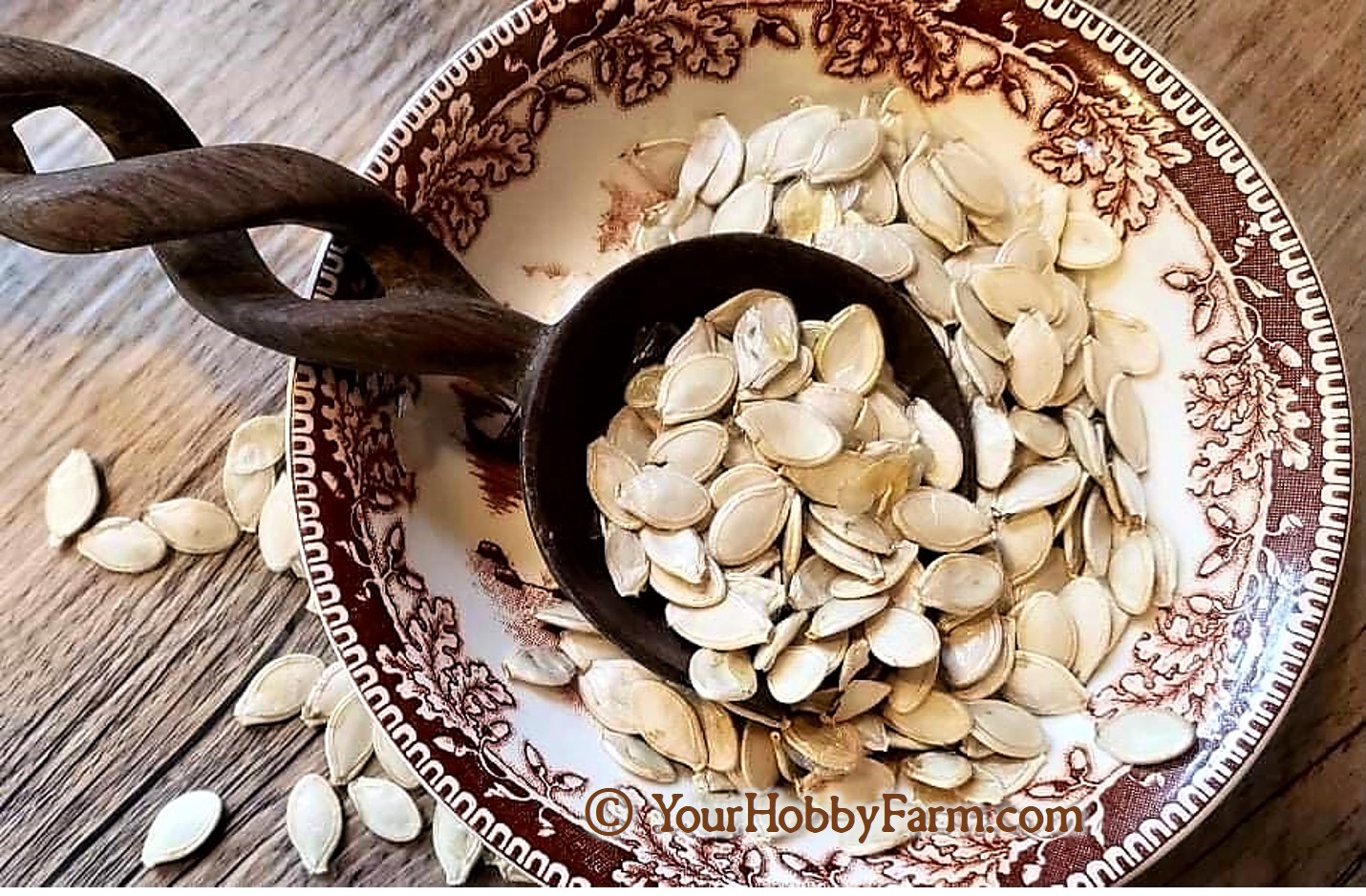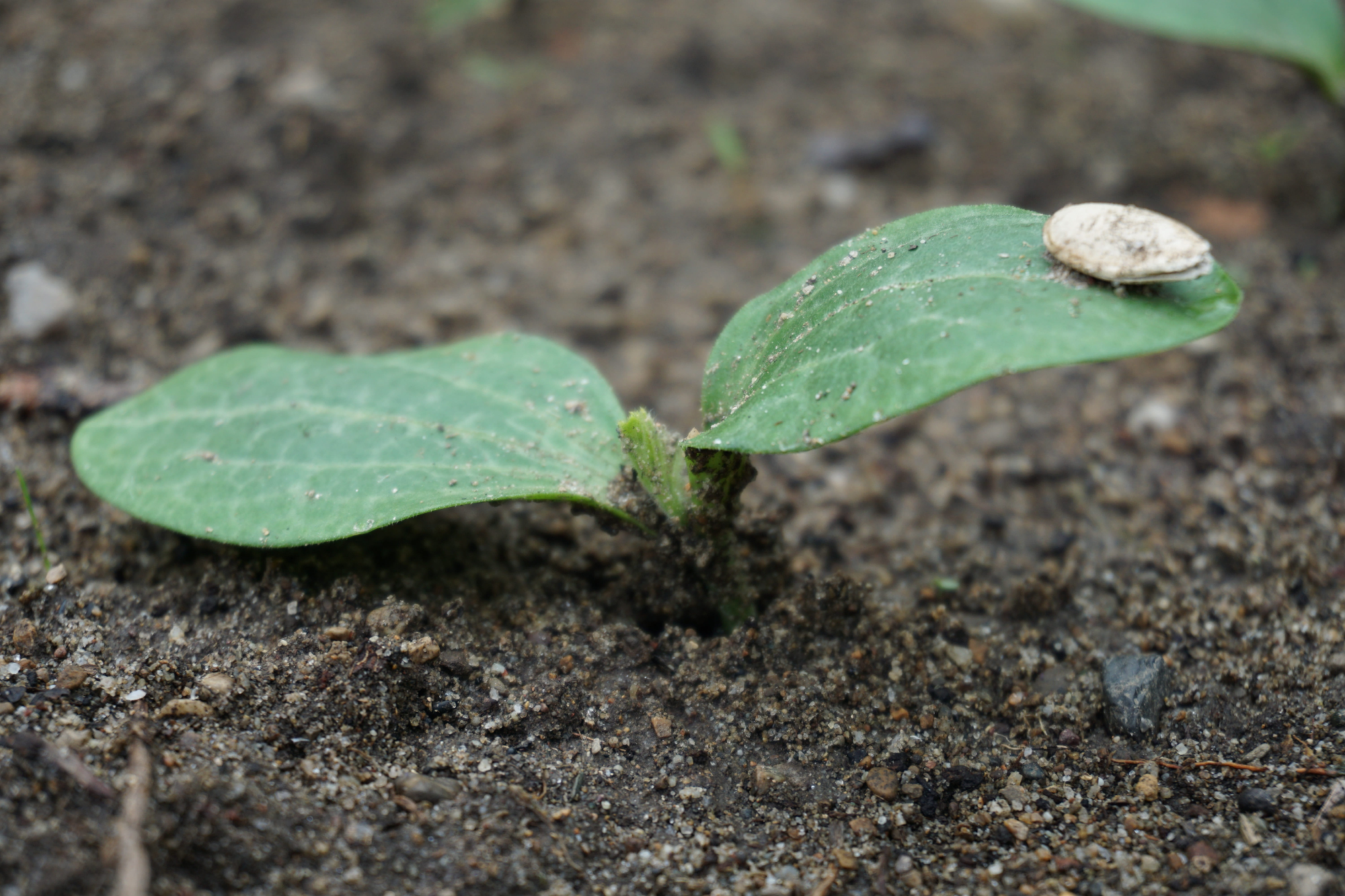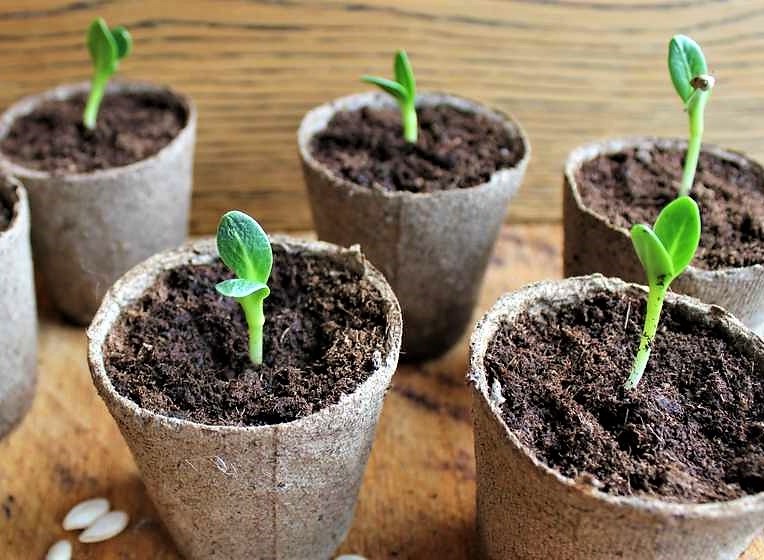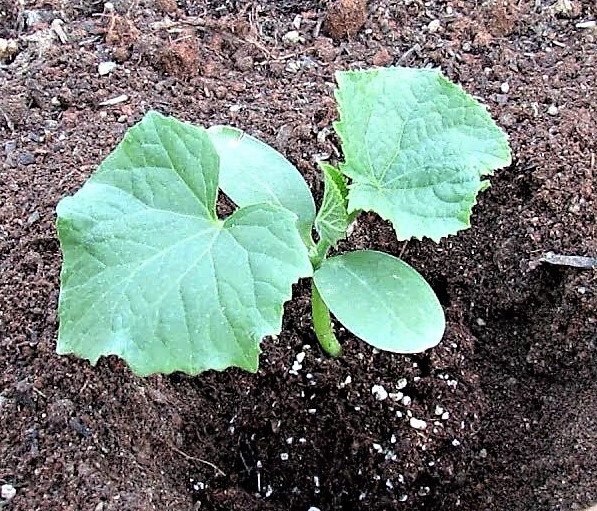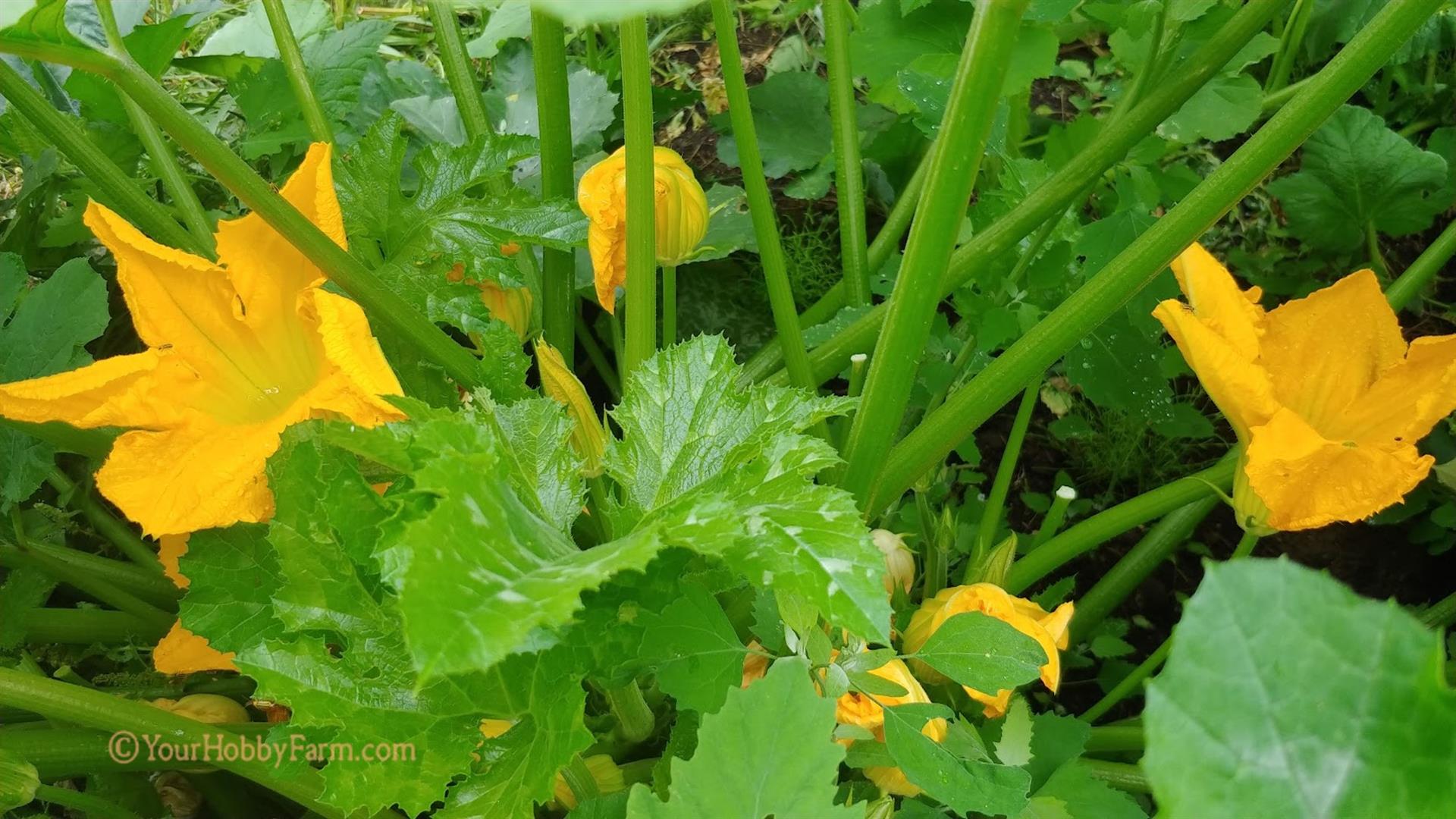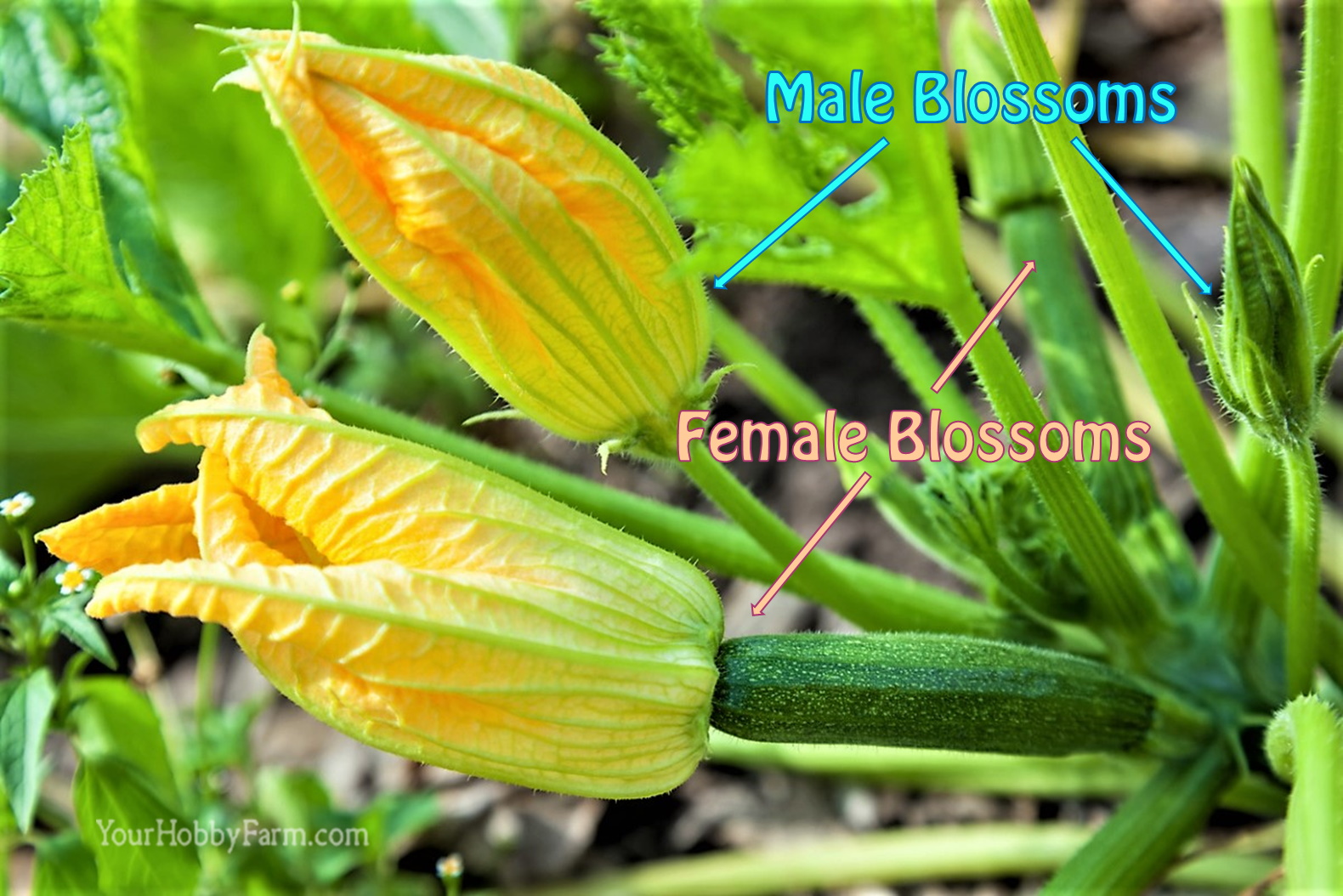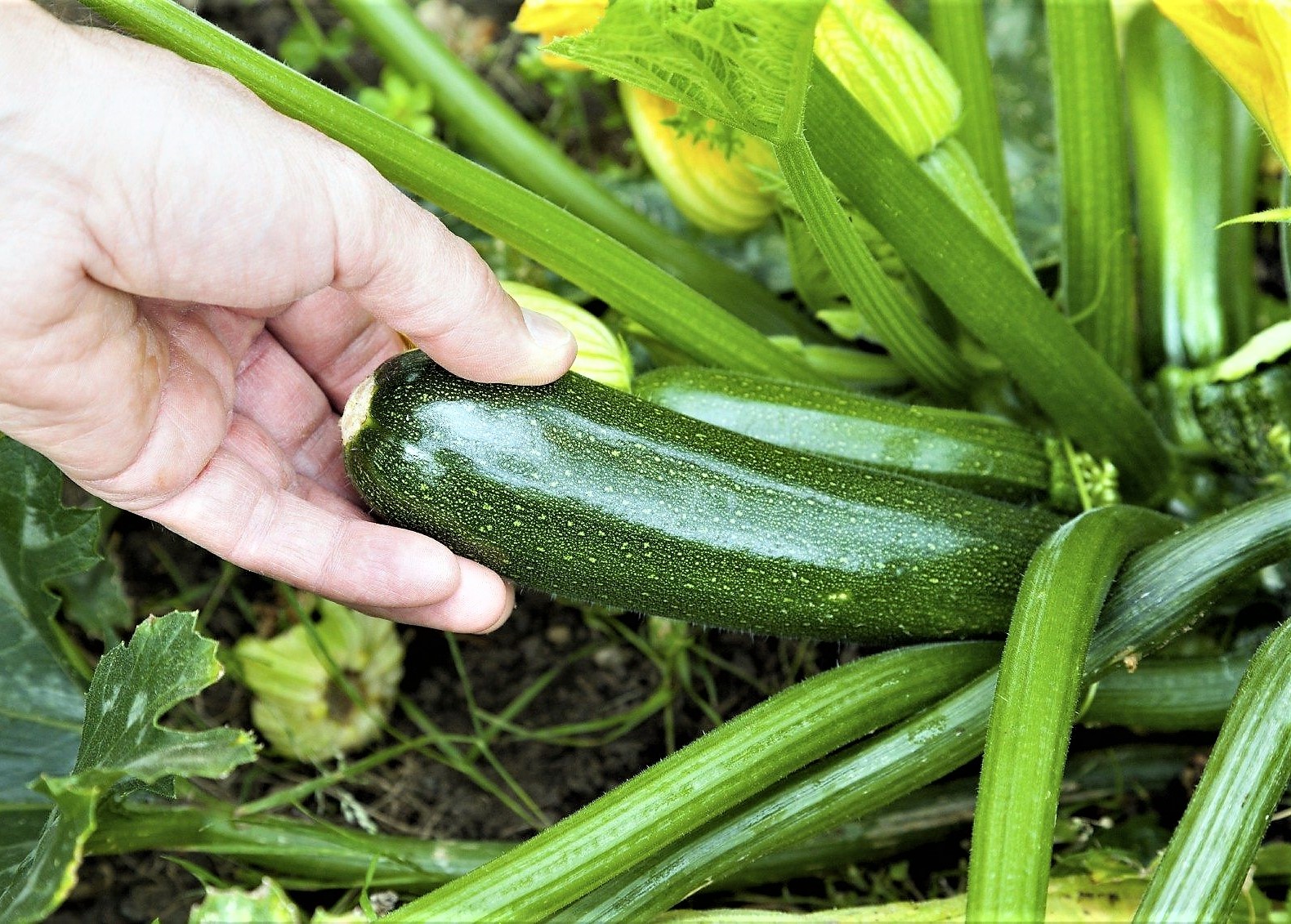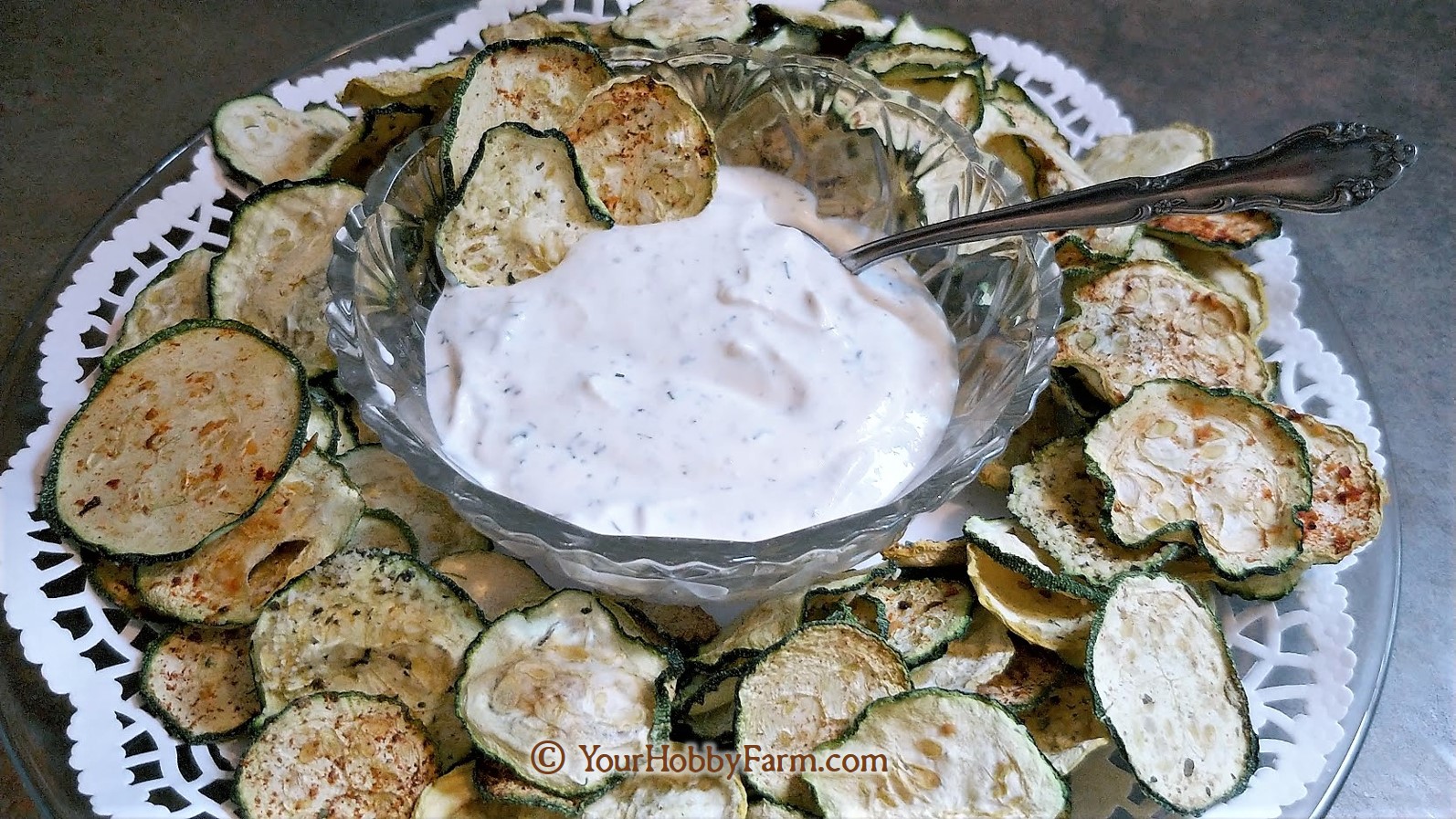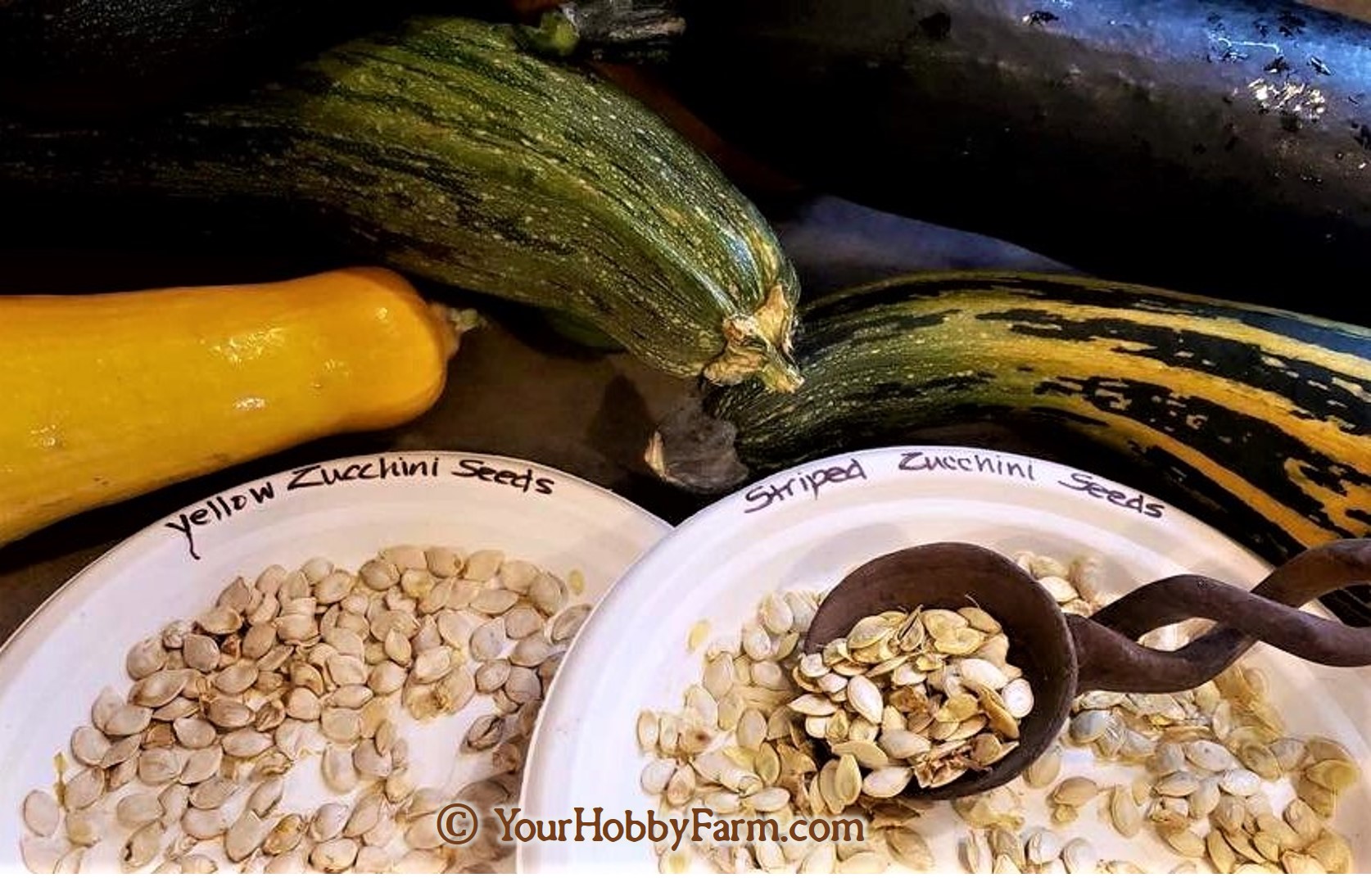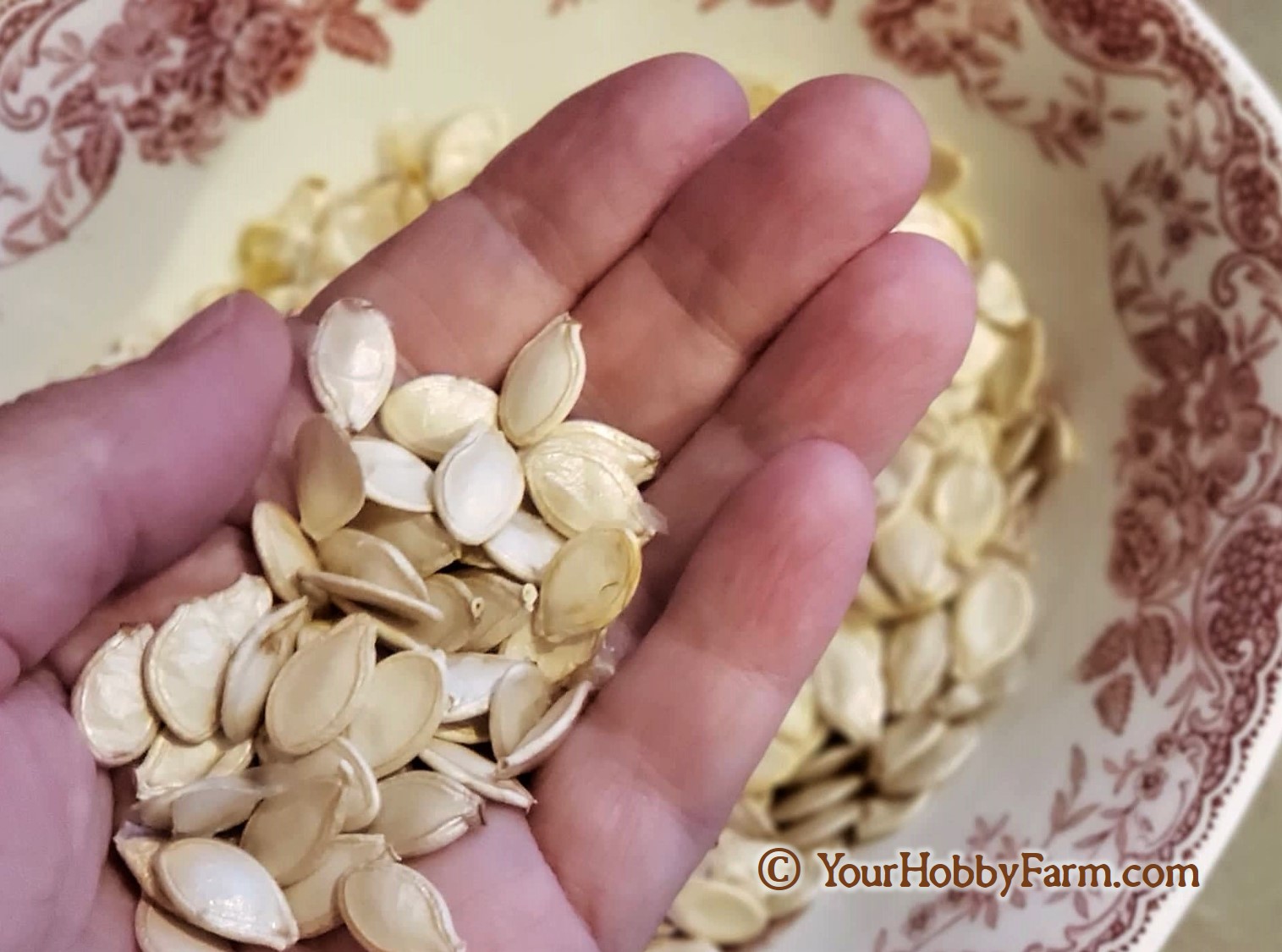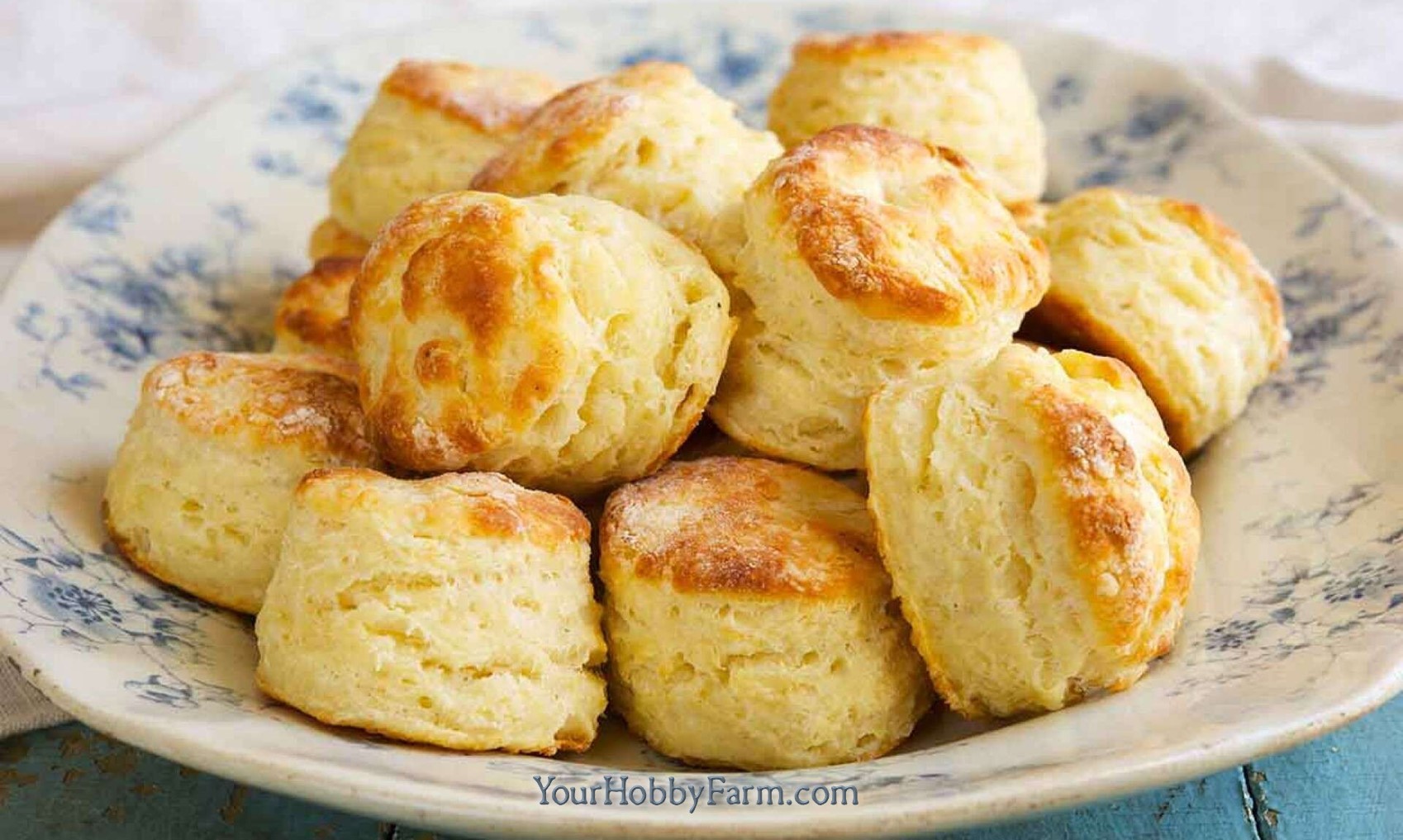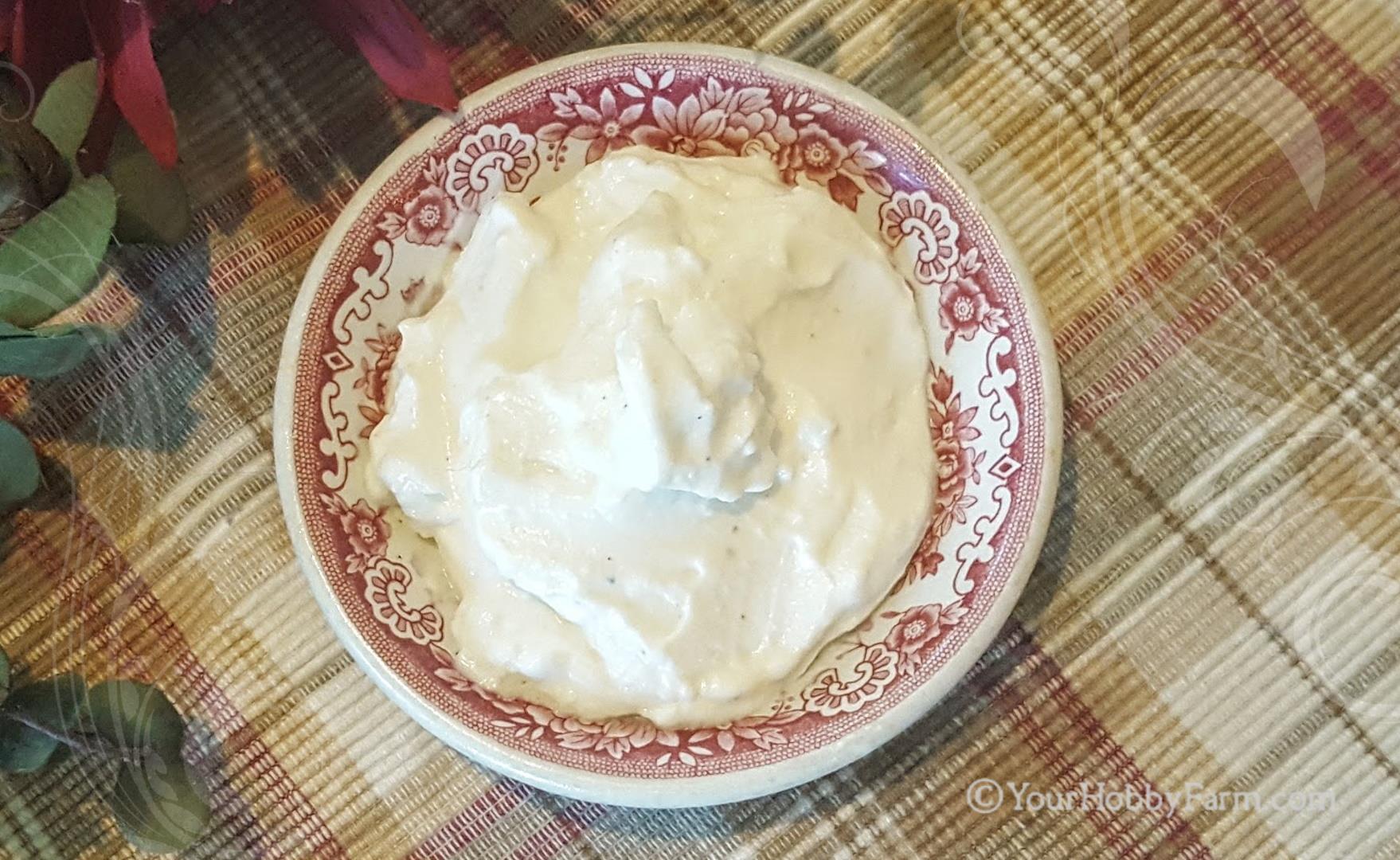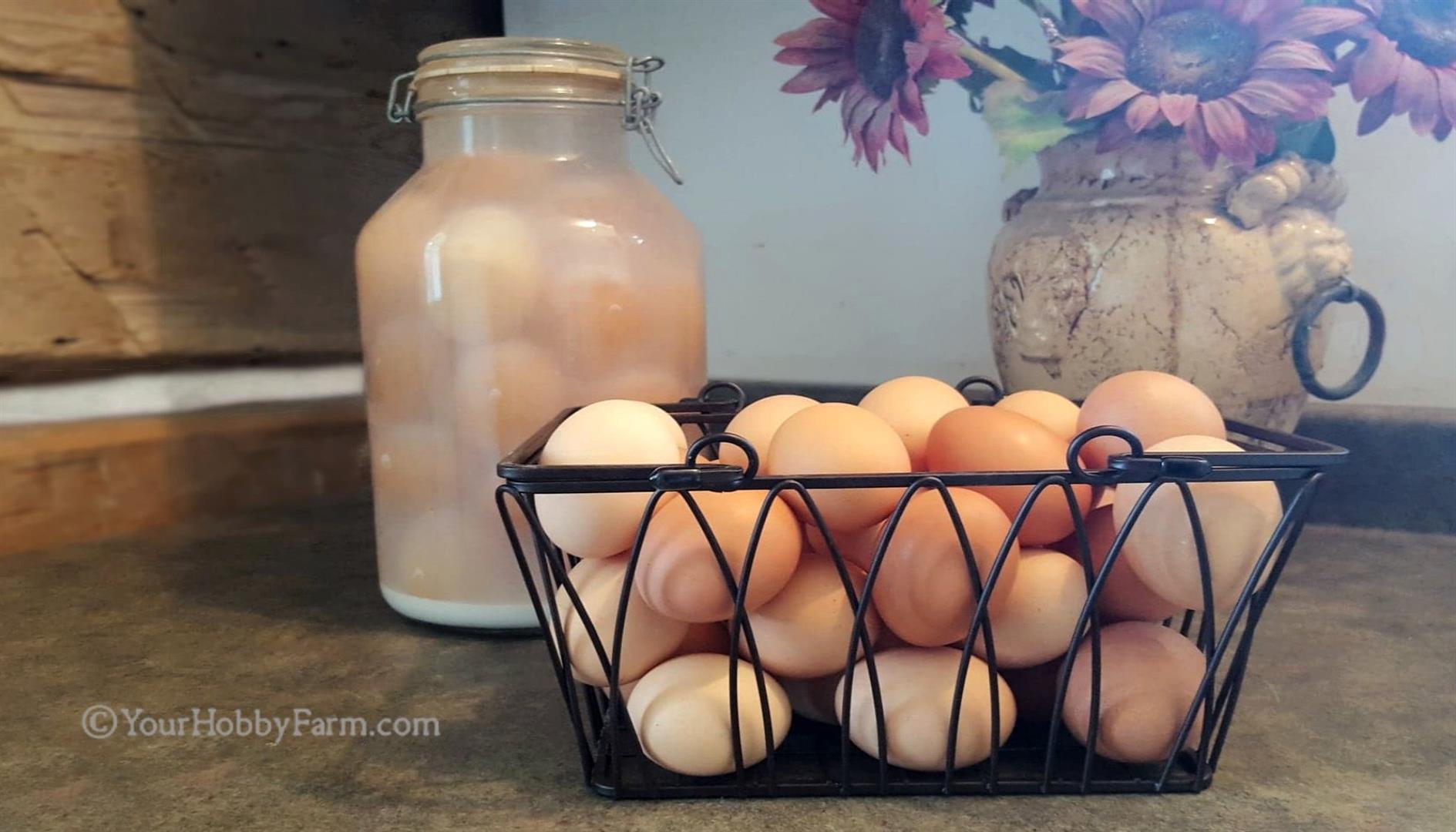Growing Zucchini Plants
is Easy, Fun, and Rewarding!
Zucchini plants are a classic garden favorite which is grown around the world. Growing zucchini is easy, enjoyable and rewarding. This biological fruit, considered a culinary vegetable, lends itself to a varying plethora of delectable uses. They often yield more than a family can eat, with plenty to preserve or share with others. Want to learn more about zucchini? Let's get started!
Perhaps You're Asking: First of All, what is Zucchini?
Some have asked, what is zucchini? Zucchini, a subspecies of Cucurbita pepo, is a squash in the gourd family which includes winter squashes, pumpkins, cucumbers, watermelons and more. Because it's harvested through the summer when it's still immature and tender, zucchini is referred to as a summer squash.
Depending on which country a person lives in, zucchini is known by a couple of other names as well. To the French, many British English-speaking people, including New Zealand, Malaysia, and some Dutch speaking people as well, zucchini is called courgette. And in South Africa, the zucchini which is usually picked young, is known as "baby marrow" and the larger, mature ones are referred to as marrow.
According to the Oxford English Dictionary, the first mention of vegetable marrow dates to 1822, zucchini to 1929, and courgette to 1931. [source]
What does zucchini look like? Typically, the fruit of the zucchini plant is a long and narrow with darker green skin. Some zucchini varieties are striped, pale green, yellow, or a bright golden color. Their inner flesh is softer in texture than the skin, and light in color.
Besides the long varieties of zucchini, you can grow very long and slender varieties like the Tromboncino Zucchini and Rampicante Zucchini. There are also round varieties, and scalloped ones sometimes referred to as "patty pan". All these types of zucchinis are grown the same way, and the plants look alike.
What does zucchini taste like? Zucchini is very mild and pleasant flavored with a little hint of nutty sweetness. When eaten raw, zucchini has a slight crunch. When sautéed or cooked, they soften.
The bland texture and flavor of zucchini makes it a perfect veggie to mix with many other types of flavorful ingredients as they do not have an overpowering flavor. They're often added to savory dishes and even to yummy desserts. We also enjoy them dehydrated, and even, believe it or not, nibble on frozen zucchini slices on hot summer days! And, as you'll see on our Zucchini Nutrition page, it's very good for you.
Have You Grown Zucchini Plants?
If you're just beginning, welcome to the world of zucchini!
Zucchini plants are one of the easiest vegetables for new gardeners to grow from seed.
Zucchini grows well in a garden plot, but they also thrive in a large container on a sunny patio or balcony.
They add cheer with their vibrant greenery and brilliant orange blossoms, as well as provide you with food to enjoy.
You'll be glad that you've included them in your garden, even if you have just one zucchini plant.
When to Plant Zucchini Seeds
When to plant zucchini seeds? Since we all live in different planting zones, or hardiness zones, planting dates widely vary in different areas. So, instead of reading the calendar to tell us when to plant zucchini seeds, it's best to be guided by our regional climate, weather and the temperature of the soil.
Zucchini plants love warmth, so seeds can be sowed directly into the garden when the weather warms up, at least a week after your last frost date. If you're not sure when that is, this link can help you verify the first and last frost dates in your area.
The soil temp is important as well. Optimal soil temperature for germination is 68-95°F / 25-35°C.
An easy way to find out if the soil is warm enough is to use a soil thermometer. If you don't have one, you can use a meat thermometer. Simply push the probe of your thermometer into the ground at least four inches deep, keeping it there for at least five minutes. This should give you an accurate soil temp.
How to Plant Zucchini Seeds
Now that you know when to plant zucchini seeds in your area, here's how to plant zucchini seeds.
While it's not a necessity, some prefer soaking seeds before planting for 12 to 24 hours. Soaking can soften the outer shell of the seeds which may speed up the germination process.
Select a spot in your garden with organically rich, well-draining soil, with plenty of sprawling room, where your zucchini will receive full sun.
Does orientation of the seeds matter when planting? Some say that seeds with a point, or radicle, should be pointed down. Interestingly, others say, the point should be upward.
However, most folks who've studied the subject say that seed orientation does not affect germination or vigor. No matter how the seed falls, or is placed, the root will follow the gravitational pull downward and sprouts seek light and grow upwards.
Some people recommend planting the zucchini seeds 3 to 4 inches apart, in rows that are 3 feet, or 1 meter, apart, then thin them out, leaving the strongest plants. Prepare stakes or trellises if you're growing a climbing variety of zucchini.
We grow the bush variety on our homestead, which is non-climbing, and prefer to plant in hills, 4 or 5 seeds together, spaced a good 3 feet (1 meter) or so between each cluster of plants.
Once planted, your zucchini plants should be watered regularly, not allowing the soil to become dried out. Seeds should begin to start sprouting in 5-10 days.
Want a Head Start on Your Zucchini Plants? You Can Start Seeds Indoors!
Especially if your growing season tends to be short, planting seeds indoors can give you a head start. You can start your zucchini seeds indoors 2 to 4 weeks before the last spring frost.
Since zucchini seedlings can sometimes be a bit sensitive to being transplanted, planting them in peat pots, and then directly into the ground, is a great idea. If you want start them 3 to 5 weeks before the last frost, be sure to start your seedlings in 6-inch pots or larger.
Instead of using peat pots, you can recycle biodegradable toilet paper rolls, turning them into little seedling pots. Using biodegradable paper rolls allows you to put the seedlings in paper roll planters directly into the garden soil.
Fill your containers with a moistened, nutrient rich soil mix. In each container, plant 1 seed, about 3/4 inches deep.
Keep seedlings moist, but well drained. As transplant time approaches, harden off your seedlings by gradually exposing them to more sun and warmer outdoor temperatures is important so that they'll be ready when air and soil reach recommended temperatures. Transplant them into the garden when conditions are right.
How to Transplant Zucchini Seedlings
When transitioning your zucchini seedlings from indoors to outside, wait until the outside temp is consistently 18°C/65°F or higher. Also check the soil temperature. It should be at least 16°C/60°F four inches below the surface.
Remember that your zucchini seedlings will need an adjustment period to acclimate to outdoor conditions before being planted in the garden. Hardening off your seedlings helps to prevent transplant shock, which is explained here.
When planting your seedlings, space them as you would have if planting the seeds directly into the garden soil. As the weather warms, you'll soon see your baby zucchini plants growing rapidly.
As they grow, zucchini can be trained to grow upward vertically on a trellis. Supporting them with a strong tomato cage is another option. This can conserve space, keeping the plants healthy by encouraging air circulation and exposure to the sun exposure. Increased circulation makes the zucchini less susceptible to diseases, mildew or rotting.
Zucchini Blossoms
About 45 days after planting your zucchini, you'll see big, bright yellow blossoms. Each zucchini plant produces both male and female flowers.
You'll notice that some zucchini blossoms have a straight, thin stem just behind the petals. Inside the male zucchini blossoms is the anther which should be loaded up with powdery, yellow pollen.
Female blossoms can be easily recognized by a tiny, immature zucchini fruit, or ovary, that begins to form at the base of the bright yellow petals.
If you'd like to harvest the blossoms, only harvest the male flowers, those with the long, thinner stems. You'll want to save the female flowers that have the squash forming below it. And it's important not to take all the male zucchini blossoms. The female blooms will need some of them for pollinating which will provide you with the crop of zucchinis that you've been waiting for.
Bees are the primary pollinators of zucchini plants, although other flying insects can help with the pollination as well.
Observe your plants. If you notice a lack of pollinators and your zucchini's flowers begin to die before they produce fruit, you may be able to help with this by hand pollinating the zucchini blossoms.
Once you've differentiated between the male and female blossoms as in the photo, gently rub the pollen from the male blossom into the stigmas of the female blossom. If pollination is done successfully, you should soon see the fruit begin to appear.
Since zucchini grows quickly, keep a close eye on your plants after you see the blossoms. Zucchini fruit grows approximately 1 to 2 inches per day, so 4 to 8 days after you see flowers on the plant, check for zucchini that may be ready for harvest.
Pruning Zucchini Plants
If you choose not use trellises, pruning zucchini plants by removing several of the large lower leaves will also increase the circulation and exposure to the sun. This encourages plant health and increased yield.
Since photosynthesis is provided to the plant through the leaves, it's important to not remove more than half the leaves, keeping the upper ones and trimming off the lower leaves.
Gardener Karen Bertelsen, explains,
"The developing zucchini gain all their energy from ONLY the leaves growing above them. The leaves below, are just taking energy away from the rest of the plant.
"Pruning away diseased and damaged leaves helps prevent and slow powdery mildew by creating greater air circulation.
Pruning away the larger, lower leaves that aren’t contributing to the plant means you can plant more zucchini in a smaller space." You can read more about how Karen grows her zucchini plants here.
If you have chickens, you can toss your pruned zucchini leaves their way for them to enjoy. All parts of the zucchini plants are good for chickens. If you don't have a flock of feathered friends, you can compost them to enrich the soil.
Problems Growing Zucchini Plants?
Growing zucchini plants is so easy, but occasionally there may be a problem with your plants that you might have questions about. Savvy Gardening has done a good job at addressing 10 common zucchini growing problems and how to overcome them.
Harvesting, Storing, Preserving, and Serving Zucchini
How and When to Harvest Zucchini?
After seeing the bounty bursting on their zucchini plants, some have wondered when to harvest zucchini. Harvesting zucchini happens earlier than other types of squashes.
Unlike winter squash varieties, zucchini is usually harvested before they fully mature. This ensures that their rinds haven't yet hardened and the seeds in the inside are still small and tender.
The ideal size for zucchini to be harvested is about 6 to 8 inches, when they're young, sweet, and tender. Having said that, zucchinis can be harvested when they're smaller or much larger, depending on what you intend to use them for.
Since they can easily hide, be sure to check under the leaves for any zucchinis that may be ready to harvest!
Cut them off in the stem area instead of pulling or twisting to ensure that the zucchini plant isn't damaged.
How to Store Zucchini?
If you're wondering how to store zucchini, it's best kept in the fridge, unwashed and uncut, either in a paper bag with one end open to encourage air circulation, or simply put them in the refrigerator crisper drawer. It should be good for 1 to 2 weeks before it may begin to shrivel a bit.
Are There Ways to Preserve Zucchini?
Can I freeze zucchini? Yes! If you're wondering how to freeze zucchini, check back soon, as we'll be writing a page on Freezing Zucchini for use in the wintertime, long after your garden has been put to rest.
Dehydrating zucchini is another great way to preserve it. We've enjoyed dehydrating zucchini into healthy, tasty Zucchini Chips - and check out our bonus Delicious Dill Dip Recipe that we've also provided!
What to Do with Zucchini?
How do you cook zucchini? This question is often asked after the zucchini plants begin providing a plentiful harvest!
Being a mild, amazingly versatile squash, zucchini can be enjoyed in a myriad of ways! They're delicious eaten as a raw vegetable or added to a salad.
Zucchini is enjoyed steamed, sautéed, grilled, roasted, stuffed, made into fritters or added to savory casseroles or other dishes. You can cut them into zucchini ribbons or make zoodles, eaten raw as a salad or cooked to replace pasta noodles!
You can also enjoy them in sweet baked delights such as cookies, muffins, breads. I've made a convincing Mock Apple Crisp with zucchini!
There are many tempting ways to encourage your family to eat their veggies! For more great inspiration, Taste of Home offers these delicious 20 Zucchini Desserts.
And Don't Toss Your Zucchini Seeds!
Zucchinis contain hundreds of seeds, more than you would ever be able to plant in your garden! But don't just toss them! How can we use zucchini seeds?
Harvest them! Especially if you're growing heirloom zucchini, remember to allow a couple of your large zucchinis to fully mature so you can harvest the seeds for planting next spring's garden. Rural Sprout shows step-by-step how to save zucchini seeds. By doing so, next year's zucchini harvest will won't cost you anything!
Gift them! You can save extra seeds to make garden gift packages, with other seeds as well, to share with others! What a great gift for another gardener or to give to a friend who'd like to get into gardening!
Or roast them! And even if you didn't raise heirloom zucchini plants, you can certainly save the abundant seeds of hybrid zucchinis and roast them! All squash seeds are good to eat, and to roast them is easy! Just oil a cookie sheet, spread out your seeds, drizzle with a little more oil and some type of seasoning and bake in an oven at 350 for about 10 mins. Stir them about every 2-3 mins so they don't burn or clump together.
And if you don't want to bother with saving the zucchini seeds, here's another option: If you live on a homestead or hobby farm, your critters will enjoy zucchinis scraps as well.
Can chickens eat zucchini? Yes! Chickens love zucchini! All parts of the zucchini plants are great food for the chickens. including the leaves, the fruit and the seeds. In fact, many chicken-keepers recommend feeding the seeds for a week each fall and spring to help prevent internal parasite.

15 Fun Facts About Zucchini
- Zucchini plants originated in Central and South America.
- Around 500 years ago, Christopher Columbus brought zucchinis to the Mediterranean.
- Zucchinis were first brought to the United States in the 1920s by the Italians.
- One zucchini is a “zucchina.”
- Zucchinis are made up of 95% water.
- Zucchini flowers are edible. The fried blossoms are considered a delicacy.
- Grilling zucchini at high heat allows zucchini to caramelize nicely without losing too much of its moisture.
- Zucchini shares parents with the watermelon.
- A zucchini plant has both male and female flowers.
- Zucchinis are enjoyed raw or cooked. They're added to both savory dishes or to sweet baked goodies.
- Zucchinis are a fruit, and the only fruit that begins with “z”.
- Zucchini grows fast and plentiful, approximately 1 to 2 inches per day,
- The largest zucchini ever documented was 8ft 3 inches end to end, grown by farmer, Giovanni Scozzofavin, in 2014 in Niagara Falls, Ontario.
- Too many zucchinis? August 8th is National Zucchini Day or "Sneak Some Zucchini onto Your Neighbor's Porch Day".
- And last but not least: April 25th is National Zucchini Bread Day.

Tell Us About Your Zucchinis!
Do you enjoy growing zucchini? What types are your favorites? We'd love to hear any tips or tricks that you've learned from your gardening experiences. Let us know in the form below, and please share your pix! It's fun to learn from one another.
Just click into the title box below and go from there. Be as wordy and descriptive as you want! Don't be shy about sharing your love for gardening, your experiences, things you've learned, or what your dreams are... There's plenty of room for your story on our website. And don't forget to share photos! Then when published, you can share your story and pictures with your friends through 'your page' here on YourHobbyFarm.com!
Translate this page!
Traduire cette page!
¡traduzca esta pagina!




Piping rock©
Bringing you the Highest quality In hundreds of Health care And Life-enhancing natural products At the
Lowest cost To you!
High reviews, crazy deals,
Happy, healthy customers!
Click here and save today!
Business appreciation
* this website is not affiliated with
Piping rock

Supporting our local feed mills
Meunerie alexandria milling
613-525-1973
Great products • Great prices
Great service
Click the pic for their
Facebook page!
Meunerie alexandria milling
Established in 1962 by the massie family
Email: alexandriamilling@hotmail.Ca
475 massie crescent
Alexandria, ontario, canada
~~~
Small business appreciation
* this website is not affiliated with
Meunerie alexandria milling

